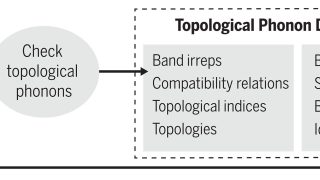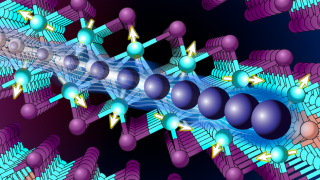
Increasing superconducting critical temperature by enhancing electron-phonon coupling
Topology has been at the forefront of condensed matter physics for the past two decades, influencing our understanding of quantum materials and phenomena. More recently, it has however become clear that a more general concept, that of quantum geometry, manifests itself in a series of quantum phenomena involving flat electronic bands. In condensed matter physics […]








